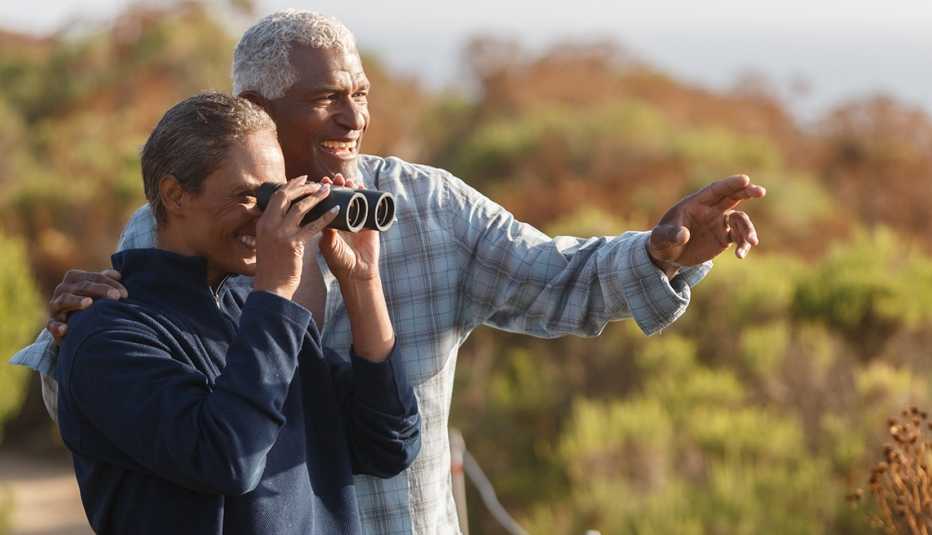AARP Hearing Center


Whooping cranes, common ravens and peregrine falcons are among the celebrities of the sky in the view of Americans, even those who’ve never laid eyes them.
The ruffed grouse or purple martin? They’re like friends you might chat with. The wrentit and the Abert’s towhee are like the neighbors you don’t talk to much. As for the Hammond’s flycatcher and the Brewer’s sparrow, Americans don’t care much about them at all.
That’s the word from a new study that aimed to define “a range of relationships between people and birds” across the United States, said Justin Schuetz, one of the authors.
Results appear in a paper in the Proceedings of the National Academy of Sciences. Schuetz, a biologist and independent researcher, did the work with Alison Johnston, who’s affiliated with Cornell University.
The project included studying Google searches performed from 2008 to 2017 to learn what Americans think about 621 bird species.
One key question was whether the Google data revealed more interest in each species than one would expect in various locations, based on how often it is sighted in those places.
Birds in the “celebrity” category are those that attracted more Google attention than one would expect from how often they’re seen, and whose popularity extended outside their natural range.


Next came the “friends or enemies” category, which included species that get more Google attention than expected, but mostly in the states where they live.
Then came birds classified as “neighbors,” whose few Google searches were confined to where they live. Finally there were the “strangers,” birds that got little Google interest anywhere.
The research turned up other insights into what makes a species popular. Bigger bodies, colorful plumage and regular visits to bird feeders helped. Species that served as mascots for professional sports teams reached celebrity status.
The results also turned up some surprises. “People seem to have an inordinate fascination with owls we couldn’t account for entirely in our analysis,” Schuetz said.
Jeffrey Gordon, president of the American Birding Association, called the study “a fascinating framework for trying to understand how people are relating to birds.”
“I hope they’re able to use it to help people appreciate what’s right in their own backyard,” he said. “Most of us just aren’t keyed in to what is literally at our doorstep.”
David Ringer, chief network officer for the National Audubon Society, also found the work interesting.
“It’s great to see how much we know and love some species, and it’s provocative to see how much we still have to discover,” he wrote in an email. “I hope that many bird ‘strangers’ will become ‘friends,’ and ‘neighbors’ will turn into ‘celebrities.’

































































More on Home and Family
A Beginner’s Guide to Birding
Easy to access, bird-watching is fun and good for your health
Get the Dirt on Gardening
Find out how to grow your hobby with the right plants and tools